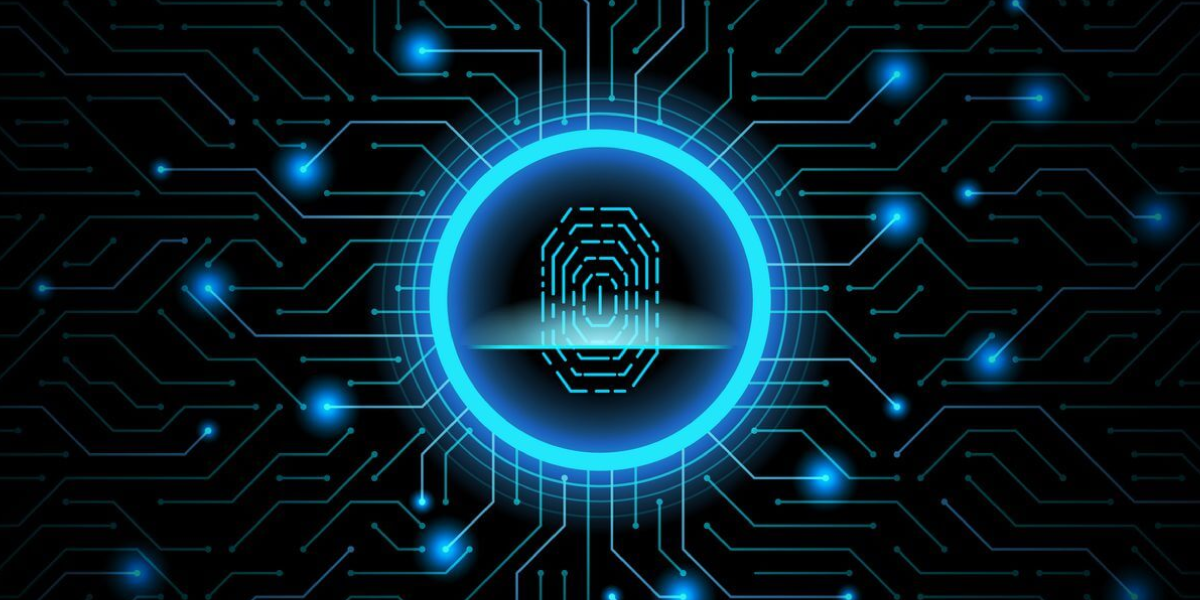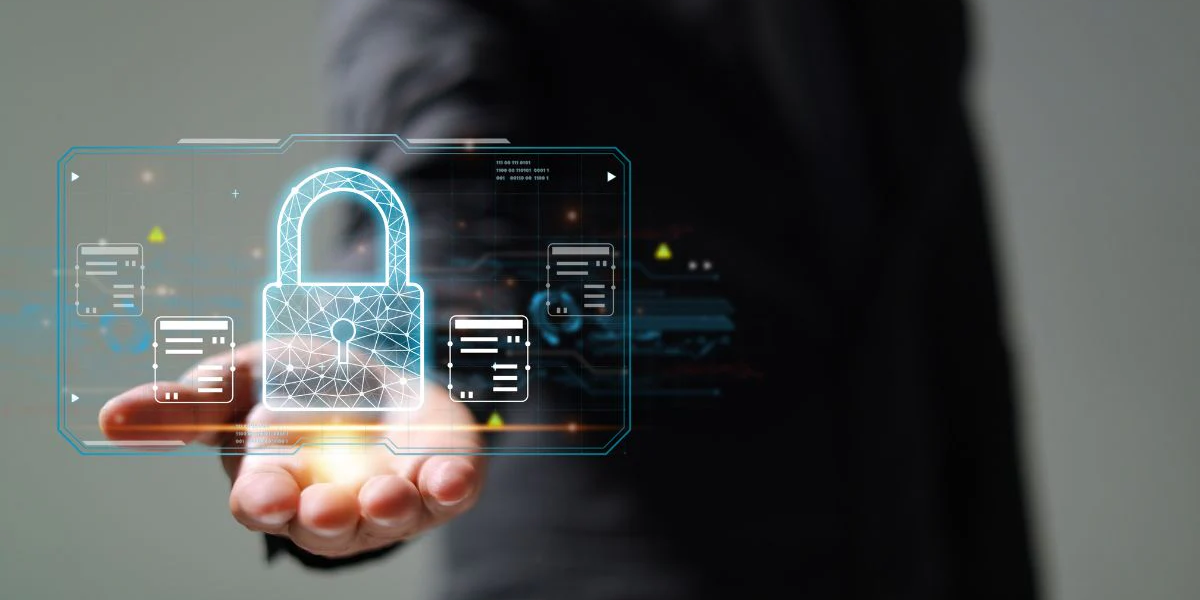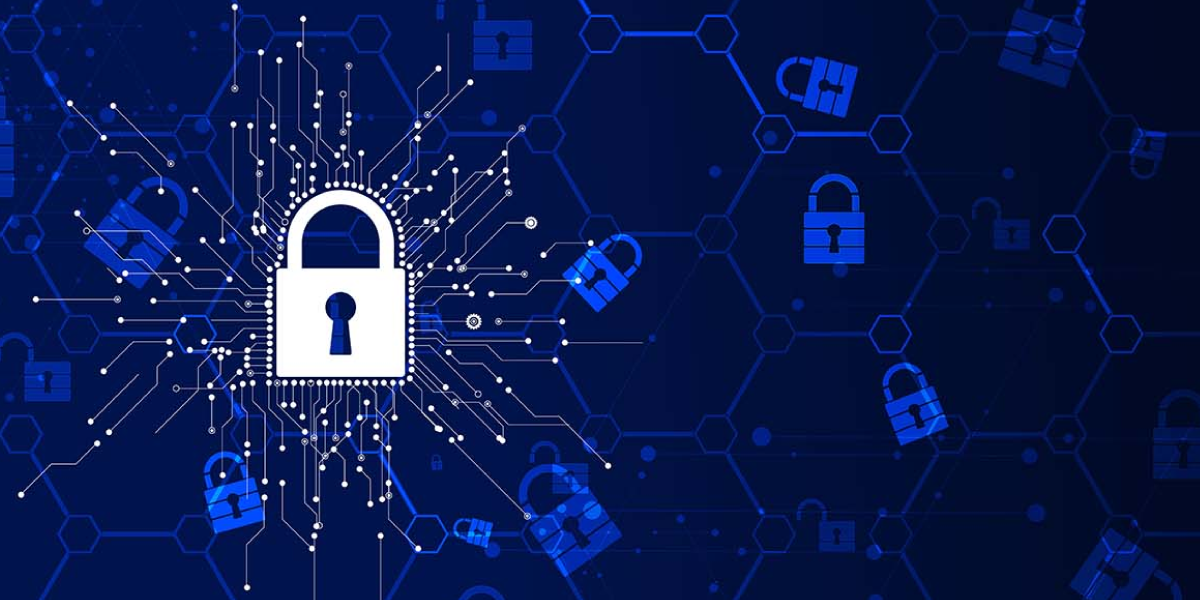Cybercriminals are getting smarter. One of the most dangerous types of cyberattacks is an APT (Advanced Persistent Threat) attack. It’s not like a simple virus or a quick hack. APTs are long-term, highly targeted attacks where hackers secretly enter a system, stay hidden, and steal sensitive information over time.
So, how to prevent APT attack? Simply put, to prevent APT attacks, use strong security measures like multi-factor authentication, regular software updates, and network monitoring. Train employees to spot phishing scams and use advanced security tools like AI detection and Zero Trust models.
In this blog, we will explain how APT attacks work and how to prevent them in detail.
Let’s get started.
What is an APT Attack?

An Advanced Persistent Threat (APT) is a highly sophisticated cyberattack where hackers gain access to a system and stay hidden for a long time. They don’t just attack and leave. They move carefully, spread inside the network, and steal valuable data without being noticed.
Why are APT Attacks Dangerous?
APT attacks are sneaky because hackers break in and stay hidden for months or even years without anyone noticing. They don’t just mess around—they steal important stuff like government secrets, financial records, and personal data.
The worst part? Regular antivirus software usually can’t detect them, so they keep spying and stealing for a long time. That’s why APTs are so dangerous!
Real-World Examples of APT Attacks
- APT1 (China’s Cyber Espionage Group) – This hacking group was linked to China’s military and targeted US companies for years.
- Stuxnet (2010) – A highly advanced cyber weapon that attacked Iran’s nuclear facilities.
- SolarWinds Attack (2020) – Hackers injected malware into a trusted software update, affecting major companies and government agencies.
How APT Attacks Work

APT attacks happen in different stages. Let’s break them down:
1. Initial Access – How Hackers Get In
The first thing hackers do is find a way to enter your system. They usually trick people into clicking on fake links in emails, downloading malicious files, or visiting infected websites.
Sometimes, they take advantage of security flaws in outdated software to sneak in. It’s like leaving your front door unlocked—hackers just walk in without you knowing.
Once they’re inside, the real trouble begins.
2. Establishing a Foothold – Setting Up Their Base
Now that they’re in, they don’t want to get kicked out. So, they install secret malware or backdoors that let them come and go as they please. Imagine a burglar sneaking into your house and hiding a spare key under your doormat—even if you lock the door, they can still get back in.
You won’t even realize they’re there because these backdoors run quietly in the background without slowing down your computer or showing any obvious signs.
3. Lateral Movement – Spreading Like a Virus
Hackers don’t just stop at one computer. They want to spread across the entire network, gaining access to more devices, files, and accounts. They might steal login details from one person and use them to access another system, or they might exploit weak security settings to hop from one computer to another.
Before you know it, they have control over everything.
4. Data Exfiltration – Stealing Valuable Information
This is the main goal of an APT attack. Once hackers have access to sensitive files, they start stealing data. They quietly send passwords, financial details, customer records, and other important information to their own remote servers.
The worst part? Since they move carefully, you might not even notice that data is missing until it’s too late.
5. Maintaining Persistence – Staying Hidden for a Long Time
Hackers don’t just attack and leave—they stay inside for weeks, months, or even years. They set up hidden accounts, encrypt their activity, and erase their tracks so that even cybersecurity experts have a hard time detecting them.
Even if you remove some malware, they might have already set up another secret entry point to come back later. That’s what makes APT attacks so dangerous—they are designed to last!
Key Strategies of How to Prevent APT Attacks

Now, let’s find out how you can prevent this Advanced Persistent Threat attack.
Strong Cybersecurity Practices

- Use Multi-Factor Authentication (MFA) – Add an extra layer of security beyond passwords.
- Enforce strict password policies – Use strong, unique passwords and change them regularly.
- Limit user access to sensitive data – Only authorized people should access important files.
Network Security Measures

- Implement network segmentation – Divide your network to limit hacker movement.
- Use firewalls and intrusion detection systems (IDS/IPS) – These block and detect suspicious activities.
- Monitor network traffic – Look for unusual behavior in the system.
Endpoint and System Security

- Keep software updated – Always install the latest security updates.
- Use advanced endpoint protection – Install next-generation antivirus and threat detection tools.
- Scan for vulnerabilities – Regularly check for weaknesses in your system.
Employee Awareness and Training

- Teach employees about phishing – Train them to recognize fake emails and links.
- Conduct security awareness programs – Make cybersecurity a part of company culture.
- Simulate cyberattacks – Test how employees react to threats.
Threat Intelligence & Incident Response

- Use threat intelligence tools – Stay updated on the latest cyber threats.
- Create a strong incident response plan – Know what to do in case of an attack.
- Monitor logs and alerts – Keep an eye on system activity for unusual actions.
Also, you can check these write-ups to learn how to prevent ransomware, insider threats, Man-in-the-Middle Attacks, cyberattacks and DDoS attacks.
Advanced Security Solutions Against APTs
Technology is advancing, and so are hackers. Using modern security solutions can help stop APT attacks.
| Solution | How it Helps |
| AI-Powered Security Analytics | Detects unusual activities using artificial intelligence. |
| Zero Trust Security Model | Assumes no one is trustworthy, even inside the network. |
| Deception Technology (Honeypots) | Creates fake data to lure hackers and catch them. |
At Bantech Cyber, we keep your business safe from hackers and online threats. Our 24/7 Managed Cyber Security Services constantly watch your systems, detect risks early, and stop attacks before they happen.
We protect your data and systems from tricks like APT attacks and other cyber dangers.
Wrapping Up
So, that’s all about how to prevent APT attacks. They’re sneaky and dangerous, but you can stay safe by using strong passwords, enabling MFA, updating software, training employees, and monitoring networks.
Cybersecurity is a constant battle, so keep learning and stay one step ahead of hackers.
Stay safe online!
In addition, take a detailed look at these informative blogs for simple guides on preventing Malware Attacks, SQL Injection, XSS Attacks, and Zero-Day Exploits!
FAQs
- Can APT attacks be detected by regular antivirus software?
No, APT attacks are difficult to detect with normal antivirus programs because hackers use advanced methods to hide their presence.
- How does network segmentation help prevent APTs?
Network segmentation divides your network into smaller sections, limiting the hacker’s access and making it harder to spread within the system.
- What is Zero Trust security?
Zero Trust means never trusting anything inside or outside the network by always verifying every connection before allowing access.
- Why is employee training important in preventing APTs?
Training helps employees spot phishing emails and other tricks, reducing the chances of hackers gaining access through human error.
- How often should software be updated to prevent APT attacks?
Software should be updated regularly to fix known vulnerabilities that hackers could exploit, reducing the risk of APT attacks.
- What is AI-based detection in cybersecurity?
AI-based detection uses artificial intelligence to identify unusual activity and potential threats faster and more accurately than traditional methods.
- Can a company recover from an APT attack?
Yes, recovery is possible, but it requires a strong incident response plan and quick action to stop the attack and restore any lost data.
